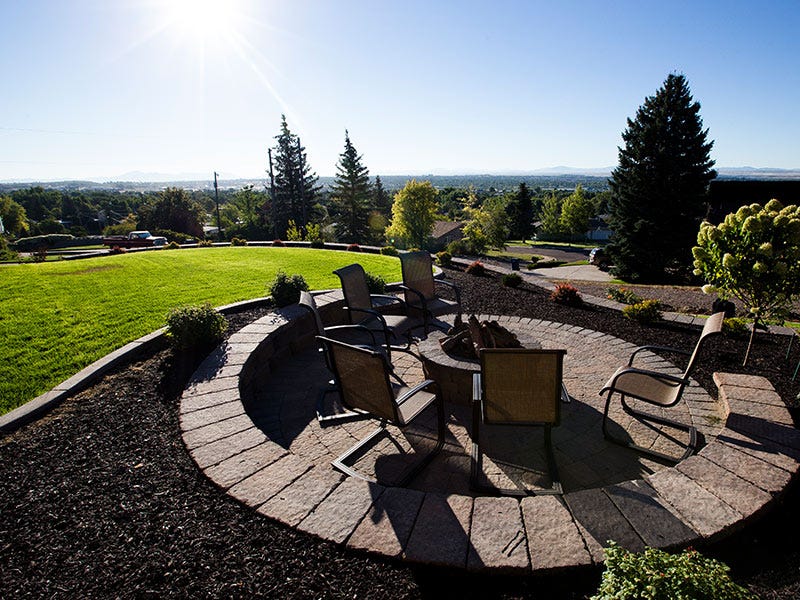How Do I Repair Bare Spots On My Lawn?

Kentucky Blue. White Dutch Clover. Perennial Rye. When it comes to creating a picture-perfect yard, it can actually take a couple of years. But, don’t let that put you off. Learning the easy steps it takes to produce a beautiful, lush lawn is really doable, and we can get you headed down the right path.
In our How to Maintain your Lawn Guide, you’ll learn how to seed your lawn from scratch and how to maintain it. We’ll also explain how you should handle those bare spots that Fido is so good at making. It’s all doable. So, roll up your sleeves and dig in.
Nothing can make a lawn look worse than ugly bare areas and spots. While there are many causes, repairing these areas can be relatively easy if you follow a few simple steps. Watch the video below to learn more.
Video Transcription
How To Repair Bare Spots On My Lawn
Hello, I'm Jesse and I'm a category manager at North 40 Outfitters, and today we're going to answer a question about how to repair bare spots on your lawn.
So, we reached out to our friends at DLF Pickseed to get the best answer for that question. We all know that nothing can make a lawn look worse than ugly bare spots, thin spots, or thin growth that might be around a road, a driveway, or a sidewalk. There's many reasons and many variables that can cause these thin spots or these bare spots, and repairing these areas can be relatively easy and actually even permanent if you follow these simple steps.
Preparing Your Lawn to Get Rid of Bare Spots
Bare and thin spots are oftentimes compact, where the soil becomes very compact. So, one of the most important things you can do is loosen up the soil to start, as that grass seed needs to become in contact with loose soil for it to best germinate properly. Any dead grass should also be removed. A power rake, a dethatcher, will work up very well for tearing up that dead grass. After you get that dead grass or that thatch removed and any other debris, use a small tiller or a hand rake to get any further debris out, but also to smooth over and level the area as best you can.
Seed and Feed the Spots
Now it's time to actually seed and feed. So, you take the seed and the new area, and use the lawn seeding rate suggested by your grass seed manufacturer. You want to start by applying a starter fertilizer after you have your seed in place, and water it in thoroughly, but be cautious not to overwater, to have saturated areas, or to have too much water where runoff might pull the seed away from its location. You can definitely add, and we recommend adding mulch with straw, peat, or pellets is also recommended, especially on hillsides. This will help hold in both the moisture and the seeds from being washed away.
Water three times a day on new grass seed for up to 15 minutes at a time until the seed is able to germinate. After the seedlings are up and they have germinated, water enough to keep the soil moist and then lead into a regular watering schedule, which will be up to one inch per week after the seed and the grass seed has matured.
All right, everybody, thanks for watching this video. If you have any more questions about lawn care, be sure to check us out at north40.com, or any one of our retail locations.
Thank you for taking the time out of your day to give us your feedback. We value our customers opinions highly and are always glad to hear on how we are doing! Have a great day!
